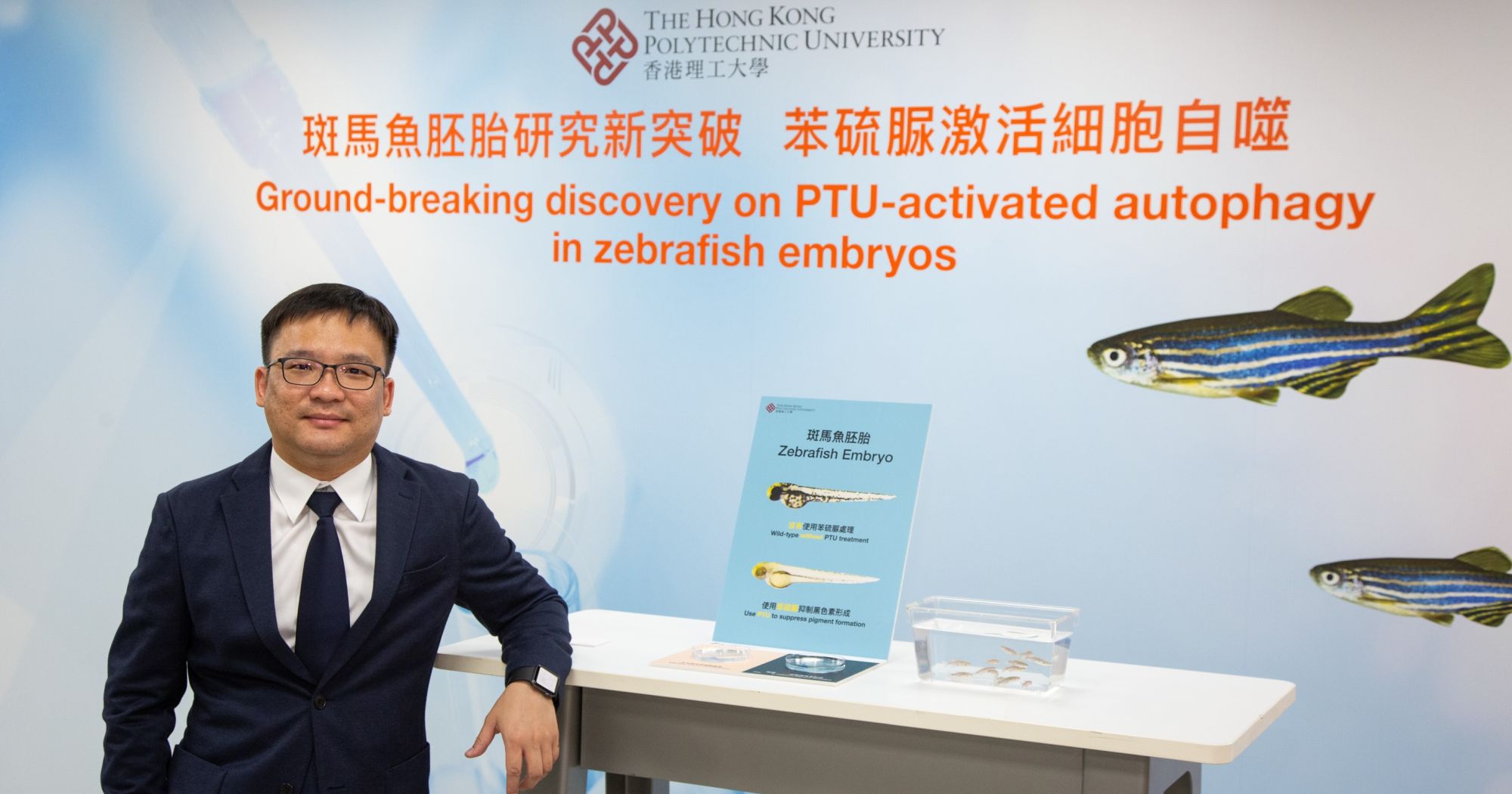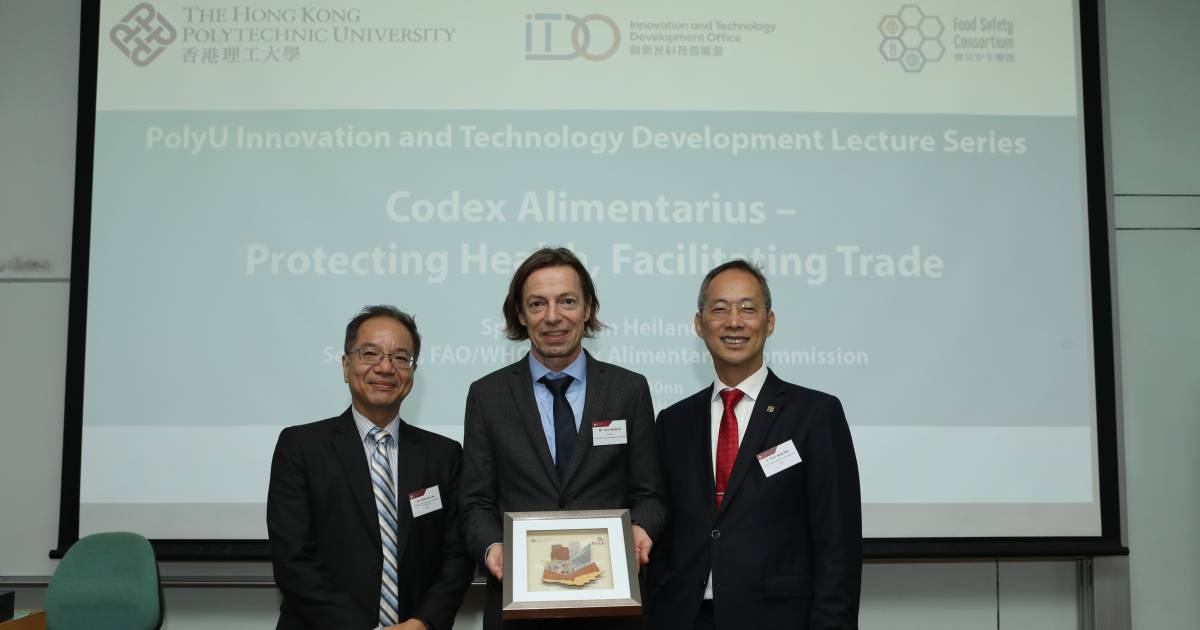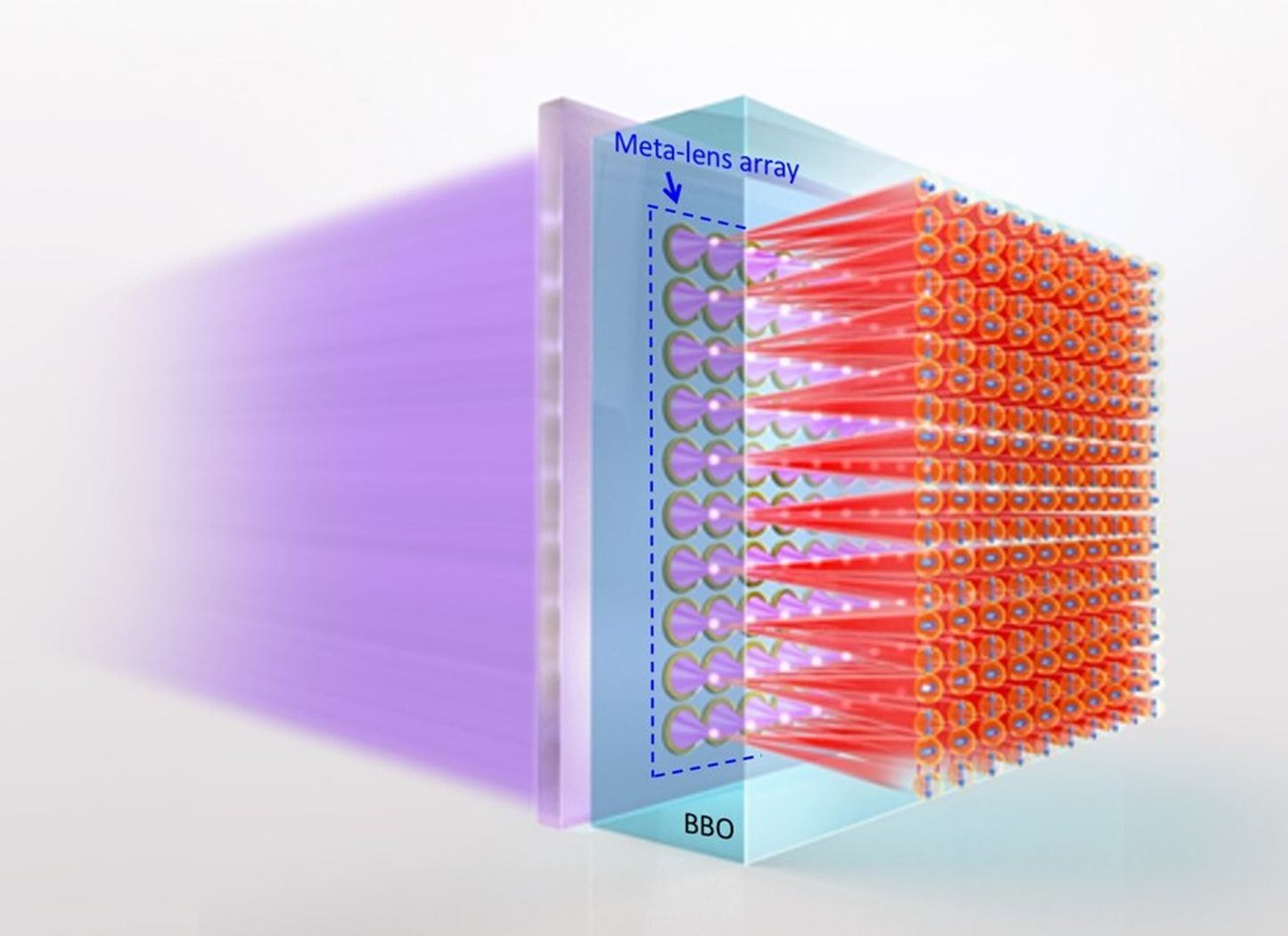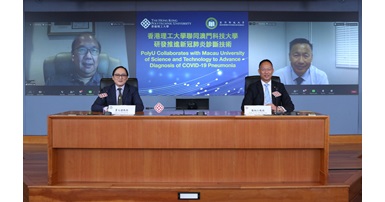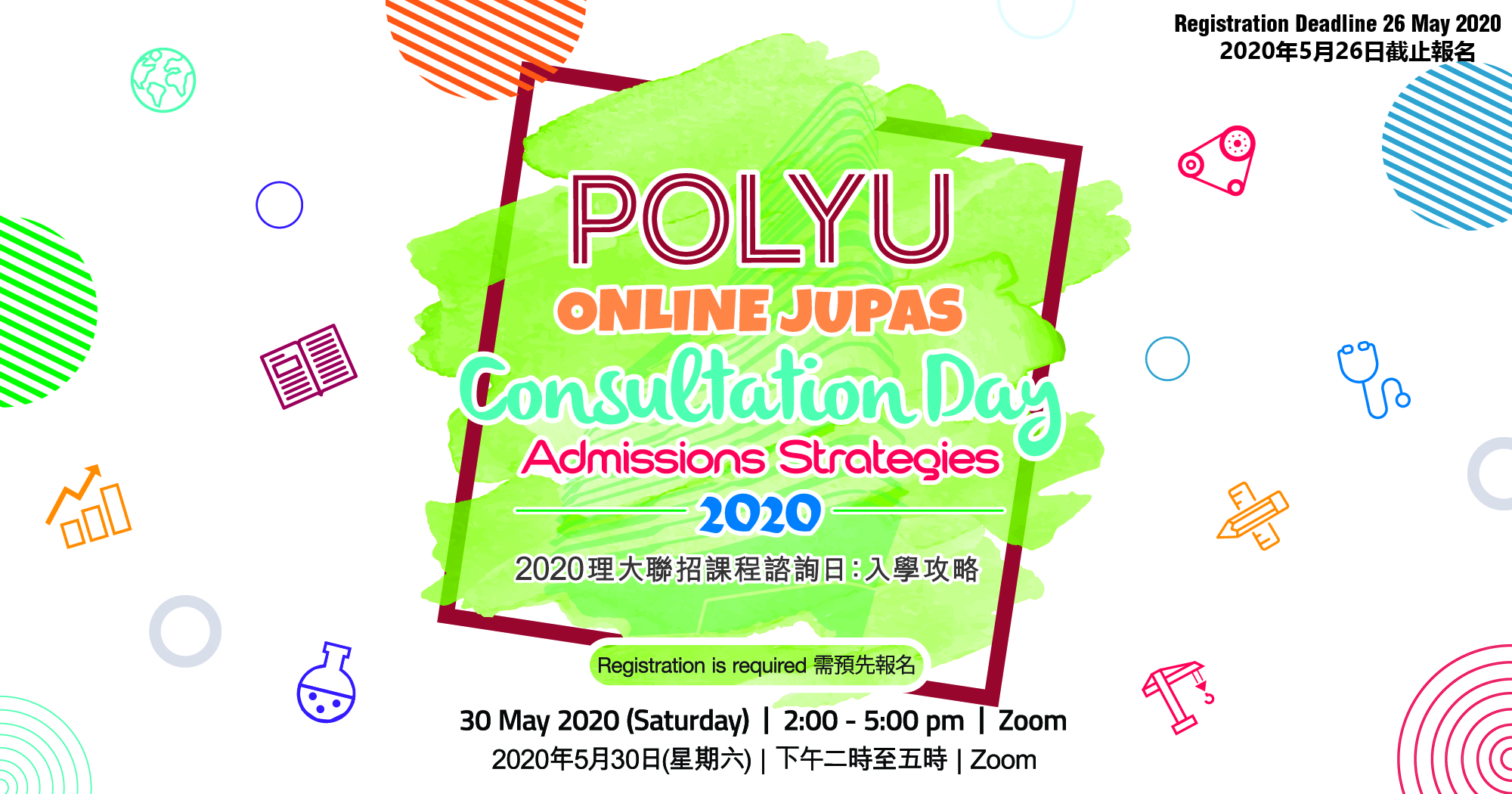PolyU Explores the Application of Peptides in Data Storage for Space Exploration in China’s Next-generation Manned Spacecraft
With the huge amount of digital data generated and recorded during space missions, the data storage devices currently used for this purpose reveal great limitations in terms of their data storage capacity and the durability of the retained data. To meet this challenge, a team of The Hong Kong Polytechnic University (PolyU) researchers has developed a novel technology for massive data management involving the use of peptides, which has been developed to optimise data storage for space exploration in China’s next-generation manned spacecraft in the new Long March-5B rocket.
Led by Dr YAO Zhong-ping, Associate Professor, Department of Applied Biology and Chemical Technology and Prof. Francis LAU, Professor and Associate Head, Department of Electronic & Information Engineering, the team has used peptides for the storage of digital data and tandem mass spectrometry for its retrieval. Compared with existing commercial data storage devices and other developing technologies such as DNA data storage, peptides offer a much higher storage density and longer storage duration – with the data still viable for sequencing even after millions of years when DNA would have already degraded. As such, this new technology has very great potential for handling the enormous amount of data generated during space missions.
Dr Yao considers the peptide synthesis industry to be already well-developed, allowing fast peptide synthesis at a reasonable cost; with the development of proteomics, the process of sequencing thousands of peptides in a mixture can now be completed within a short period of time. Combining proteomics and data storage technology for the first time, this innovation has the potential to transform the data storage industry. Besides its application in data management for space missions, this technology has potentially wide applications, and could benefit governmental agencies and corporations that generate and archive large volumes of big data. Dr Yao adds that the further advancements in the peptide synthesis industry and sequencing technology would enable the peptide data storage to be applied at a more reasonable cost.
Launched on 5 May 2020, the manned spacecraft of the Long March-5B rocket, with the support of Space Biology Group, carried mixtures of peptides encoding a bilingual text file containing the PolyU motto ‘To learn and to apply, for the benefit of mankind’ and ‘PolyU 80th Anniversary’, as well as an audio file of the music ‘Silent Night’, prepared by the PolyU research team. The purpose of this space ride-share experiment is to test the reliability and stability of the peptides for data storage and retrieval after exposure to the space environment. Upon the safe return to Earth of the spacecraft along with the experimental materials, the PolyU team will decode and retrieve the data. It is expected that this technology will hold promise in supporting data management in space exploration in the coming future.
PolyU has a strong research track record in space technology, with its researchers having been involved in a number of national and international space exploration projects since the 1990s, and with this important space ride-share experiment, the University has now participated in the historic launch of the China’s Long March-5B rocket along with the next-generation manned spacecraft to support the nation’s plan for space exploration to Mars. PolyU looks forward to further collaboration with China Aerospace Science and Technology Corporation, Space Biology Group, China Resources Life Sciences Group and various other research partners to develop other forward-looking research projects for future space missions.
***** END *****
About The Hong Kong Polytechnic University
While boasting a proud history of over 80 years, The Hong Kong Polytechnic University (PolyU) is a vibrant and aspiring university with a forward-looking vision and mission. Committed to building a talent pipeline and research strength for advancing the development of Hong Kong, the Nation, and the world, PolyU provides the best holistic education to nurture future-ready global citizens and socially responsible leaders, conducts high-impact interdisciplinary research, and proactively transfers knowledge to create value and build impact. We embrace internationalisation and engage the Nation for education and research through strategic partnerships and collaborations.
With “Opening Minds. Shaping the Future” as our brand promise, the University is currently offering more than 160 taught programmes in six faculties and two schools, engaging in 3,200 exciting research projects, and collaborating with over 660 institutions overseas and in the Chinese mainland on a wide variety of initiatives. We have over 400,000 alumni around the globe and currently 28,000 students.
PolyU website: www.polyu.edu.hk
About Space Biology Group
Space Biology Group manages and operates space biological experiments for the China aerospace industry. It provides a platform for conducting space biology experiments for research centers, tertiary educational institutions, and agricultural and life sciences companies, through the provision of a one-stop service, as well as advanced instruments for space biological experiments, including those at the high-level operation modes of civil space crafts and space station modules.
Space Biology Group website: www.space-biology.com.cn.
Research & Innovation
Innovation and Technology Development Office
